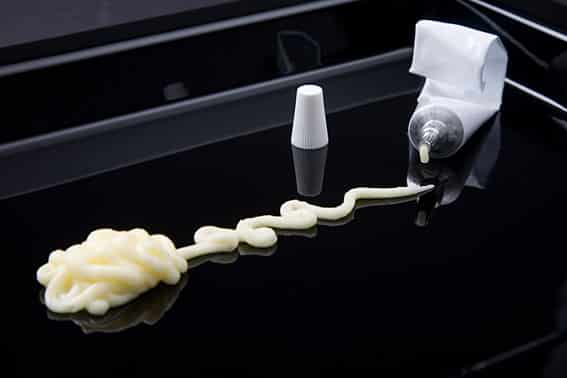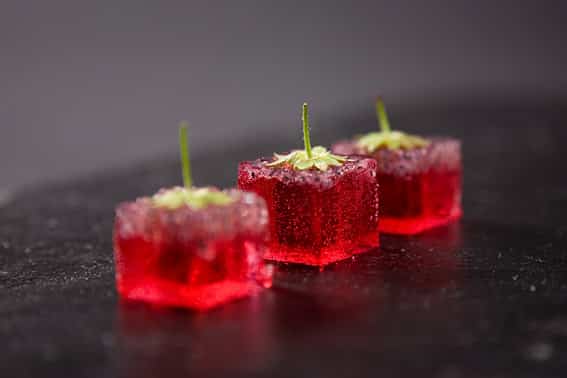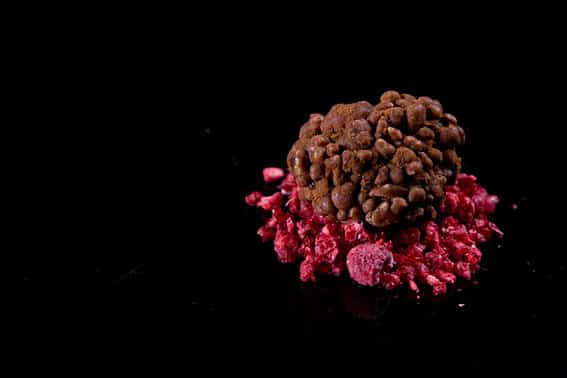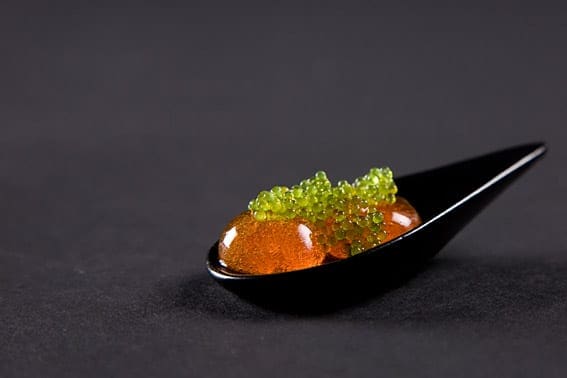Of all the trends popularised by the British foodie explosion of the last two decades, none quite sums up the excitement and bafflement of the new vogue as molecular gastronomy. Heralded as a progressive and potentially groundbreaking new approach to cooking by its followers, and a hyped-up pseudo-science fad to the eye-rolling detractors, this new wave of culinary exploration has enjoyed a rapid rise to prominence.
Last month, Heston Blumenthal, who rightly or wrongly is perceived to be the big chief of molecular gastronomy in the UK, broke into a more mainstream market by releasing his own brand of ready meals. And, with his restaurant the Fat Duck –a molecular gastronomy Mecca – more popular than ever, it might be time to finally admit that this new fad is here to stay.
First coined by French chemist Hervé This and Oxford physicist Nicholas Kurti in 1992, molecular gastronomy has always had scientific pretentions. Cooking is a chemical process whereby tiny alterations in temperature and timing transform the texture and taste of tried-and-tested dishes, creating something entirely new in the process. Everything, from the viscosity of a humble boiled egg to the flavour combinations that can be achieved by combining mayonnaise with vanilla, is open to question and experimentation. Tradition is at best a rough guide to what can be achieved and at worst outdated, backward and restrictive. After all, how do you know you won’t love salmon poached in liquorice gel until you’ve tried it?
Blumenthal puts it best when he says that molecular gastronomy is all about creating a multi-sensory experience. “Eating” he informs us, “is the only thing that we do that involves all the senses”. It’s about more than just taste – it’s about the sight and sound of the food, hearing the bubbles simmer on the surface, witnessing the ingredients unfolding on the plate in front of you. Blending particular tastes with unexpected textures (the Fat Duck is infamous for its crab-flavoured ice cream), entirely new realms of taste can be achieved. Technology has moved on a great deal, but cooking techniques have remained remarkably stubborn – molecular gastronomy, it seems, is addressing this long-standing discrepancy.
Yet there’s still the irksome issue of its name – molecular gastronomy just sounds wrong to many people, as though it somehow doesn’t belong in the kitchen, making you think of a Hadron Collider specialising in firing complex crumbs at each other at great speed. The pretentious title is, in some respects, well deserved: a scientifically-minded exactitude of the kitchen, molecular gastronomy can be seen as a pledge to wed our technical understanding of the human body with the visceral, intangible pleasure of eating. Why leave it to chance – we are encouraged to delve into the science of serving good food in order to accentuate tour enjoyment of eating and maximise our culinary craft.
This implicit trust in modern techniques encourages the use of all kinds of specialised chemicals to fine-tune each flavour. Blumenthal admits to using “modern thickeners, sugar substitutes, enzymes, liquid nitrogen, sous vide, dehydration and other non-traditional means”, before emphasising that “these do not define our cooking”. Ferran Adrià, who was the force behind the triple Michelin-starred elBulli in Spain before it closed its doors earlier this year, is another proponent of this method. ElBulli even used to sell its range of emulsifiers to diners eager to replicate its masterful dishes. Many people are clearly convinced of these modern breakthroughs in cooking.
But there is a lingering suspicion of fraudulence, as though molecular gastronomy was a short-lived gimmick designed to wow the affluent with pretentious and showy tricks emphasising disguise and display. Ultimately, the only people who can enjoy it are those who can afford to. How can the use of liquid nitrogen be a practical step forward in our national kitchen, for instance? It’s safe to presume that Heston’s signature hot and iced tea, which claims to feel simultaneously hot and cold to the tongue, won’t be replacing PG Tips anytime soon. The taster menu at the Fat Duck, by the way, retails at well in advance of £140, and that’s after a 90-day waiting list. You can call molecular gastronomy many things, but it’s certainly not democratic.
Fittingly, the future of molecular gastronomy is unpredictable. Blumenthal, who has always shown ambivalence towards the term, recently proclaimed its death in a cheery interview with The Guardian. ‘Molecular makes it sound complicated,’ he insists, ‘And gastronomy makes it sound elitist’. Instead, the development of food should be free to take many avenues without being lumbered inside one catch-all term and sold as a soundbite. Blumenthal wants to separate the nonsense and the hype from the real and tangible developments cooked up under the molecular gastronomy umbrella.
Blumenthal has a point. Even to the vast majority who won’t be picking up a blow-torch and begin experimenting in the kitchen anytime soon, molecular gastronomy (or whatever you’d prefer to call it) is still relevant. Through its dedication to method and its revolutionary approach to taste, Blumenthal and his ilk heighten our awareness of how we conduct ourselves in the face of one of life’s chief pleasures and pains – eating. And, through its daring reimagining of our most cherished foods, molecular gastronomy has helped to prise open people’s imaginations. In a world where eating habits are often remarkably stubborn and conservative, this is something we should celebrate. By refusing easy categorisation, the efforts and artistry of Heston Blumenthal and his kind has shocked audiences into a new appraisal about the lengths and limits of food and its preparation.
The recent talk about whether molecular gastronomy has finally lost its appeal is missing the point somewhat. Certainly, there is a sense that people are more interested in removing the pretence and artifice from their foods in a bid to return to an ideal of natural food that is not tampered with by the hand of technology. Simplicity is gradually becoming more important to people than innovation. But, whether or not this or another of the new emerging trends in gastronomy begins to outshine it, molecular gastronomy has opened up a new space in which entrenched perceptions of what food should be like – ice cream should always be sweet, for instance – are open to question. If molecular gastronomy does not live on, it has surely created new impetus for chefs both amateur and professional to attempt new combinations that pay little heed to our everyday expectations. And another option on the menu is surely nothing to complain about. Bring on the leek-and-Stilton flavoured fudge.
words Chris Zacharia























